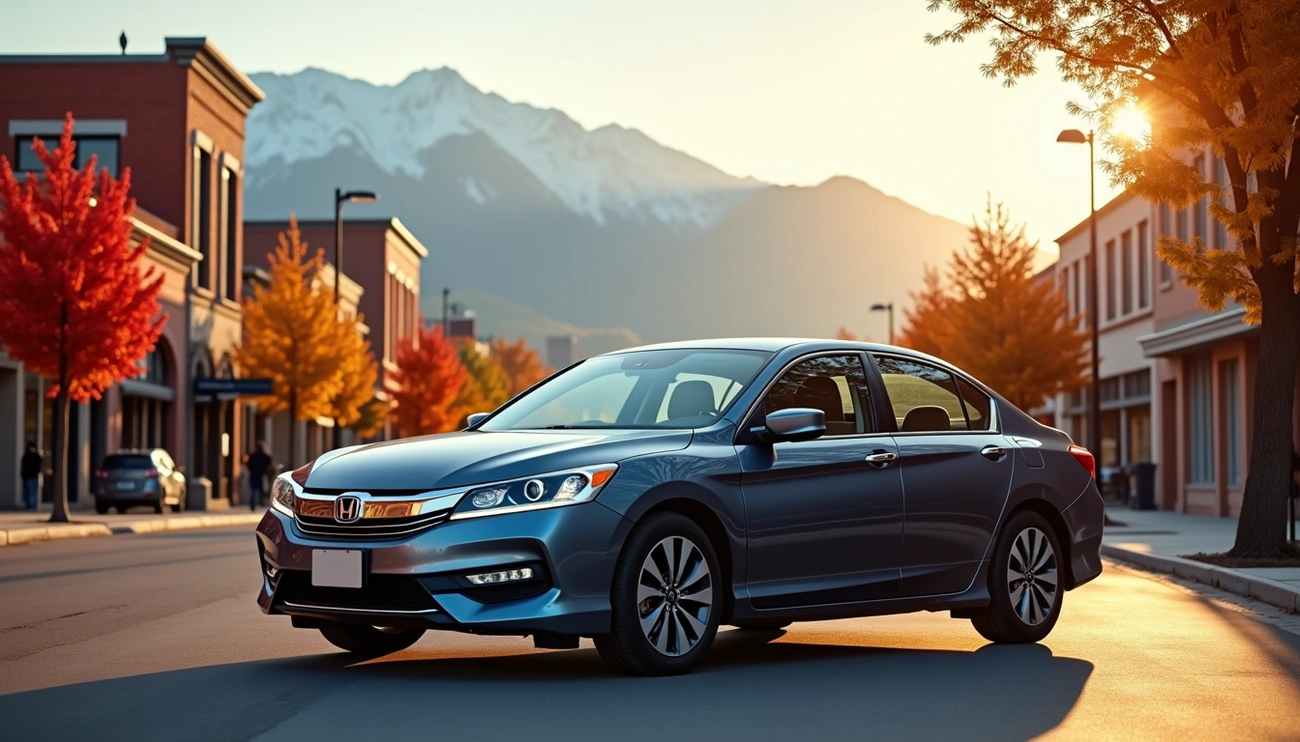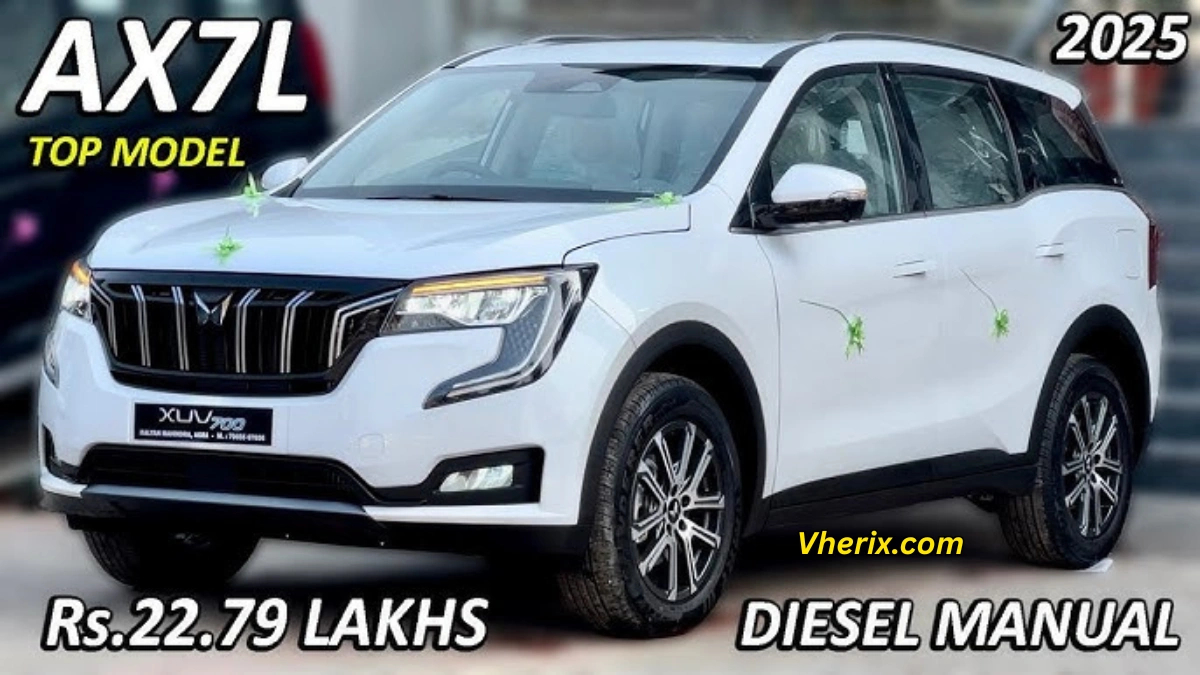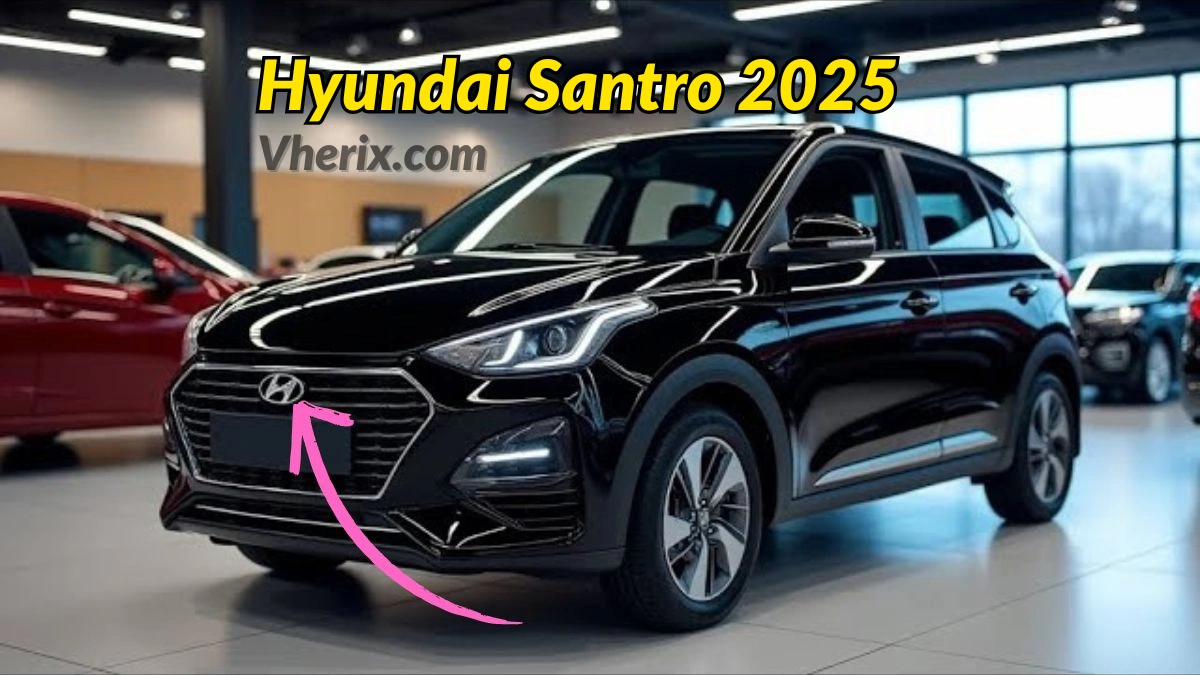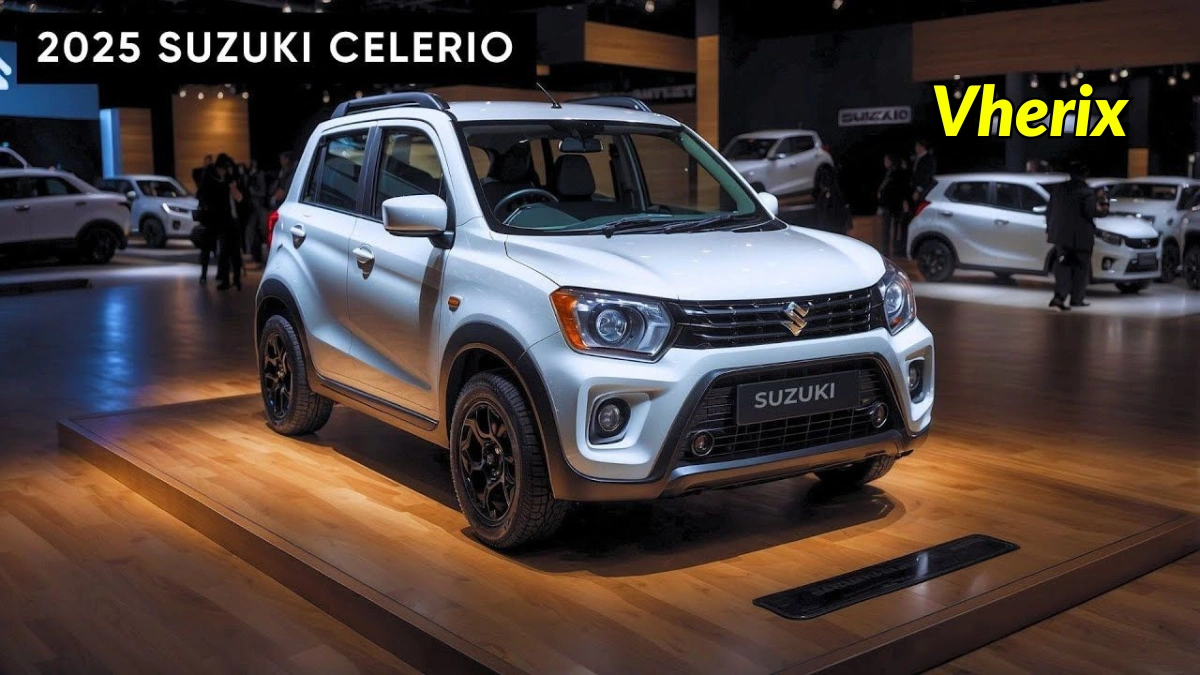When you finance a vehicle, your lender typically requires comprehensive and collision coverage to protect their investment . Furthermore, most loan agreements stipulate that you must maintain these coverages until you completely pay off your balance . If you drop required coverage prematurely, your lender might purchase insurance on your behalf and add the costs to your monthly payments .
So what type of insurance do you need for a financed car? While minimum liability coverage (averaging $808 annually) might be tempting, it’s simply not enough. This guide examines the 7 best insurance options for financed cars in 2025, helping you make an informed decision that satisfies both your lender’s requirements and your personal protection needs.
Best for New Cars: Full Coverage Insurance
Image Source: MarketWatch
Full coverage insurance stands as the gold standard for newly financed vehicles. Unlike older cars, new vehicles represent significant investments that deserve maximum protection.
Why Full Coverage is Ideal for New Financed Cars
New cars depreciate rapidly—losing 20-30% of their value in the first year alone. Since lenders have a substantial financial stake in your vehicle until it’s paid off, they require comprehensive protection [1]. This insurance safeguards their investment, ensuring they can recover the remaining loan balance if your car is damaged or totaled [2].
What Full Coverage Includes
Though “full coverage” isn’t an official insurance term, it typically combines:
- Liability coverage: Pays for damages you cause to others (required by most states)
- Collision coverage: Covers damages to your car from accidents, regardless of fault
- Comprehensive coverage: Protects against non-collision incidents like theft, vandalism, natural disasters, and animal damage [3]
Each component has deductibles—the amount you pay out-of-pocket before insurance kicks in—and coverage limits [3].
Do You Have to Have Full Coverage on a Financed Car?
Absolutely. Choosing liability-only insurance on a financed vehicle leads to several problems:
- Breach of contract: Most loan agreements explicitly require full coverage [2]
- Financial risk: Without proper coverage, you’re responsible for repair or replacement costs
- Force-placed insurance: Lenders can purchase insurance on your behalf—typically at much higher rates—if you don’t maintain required coverage [4]
- Potential repossession: In extreme cases, failing to meet insurance requirements could result in vehicle repossession [2]
Additionally, national averages show full coverage costs approximately $1,730 annually [5]—a worthwhile investment for protecting new vehicles.
Best for High Loan Balance: Gap Insurance
Image Source: Noreast Capital
Gap insurance serves as a crucial safety net for financed vehicles with high loan balances, especially those experiencing rapid depreciation. This specialized coverage bridges the financial void between what you owe and what your car is actually worth.
How Gap Insurance Protects You from Depreciation
Vehicles typically lose 10% of their value immediately after purchase and can depreciate by as much as half within three years [6]. Consequently, if your car gets totaled or stolen, your standard insurance only pays the current market value (actual cash value or ACV), not your remaining loan balance. Gap insurance covers this difference, preventing you from paying thousands out-of-pocket for a car you no longer have [7].
When Financing a Car What Insurance Do I Need?
Gap insurance becomes particularly valuable if you:
- Made a down payment less than 20% on your vehicle [8]
- Have a longer-term financing arrangement [8]
- Purchased a car known to depreciate quickly [7]
- Rolled over negative equity from a previous loan [8]
Although not universally required by lenders [9], gap coverage provides essential protection during the early years of your loan when you’re most likely “underwater” on your financing.
Gap Insurance Pricing and Availability
The cost varies significantly based on purchase method. From insurance companies, gap coverage typically costs $20-$100 annually [10]. However, dealerships charge considerably more—between $400-$700 as a one-time fee, sometimes reaching $1,500 [10]. Moreover, dealer-provided gap insurance gets rolled into your loan, meaning you pay interest on it over time [11].
Best for Urban Drivers: Comprehensive Coverage
Image Source: Culbertson Agency
Urban environments present unique risks to vehicles, making comprehensive coverage a necessity for city dwellers with financed cars.
Comprehensive Coverage for Theft and Vandalism
Comprehensive insurance protects your financed vehicle from non-collision incidents that occur frequently in urban settings. This coverage specifically safeguards against:
- Theft or damage from break-ins
- Vandalism (including graffiti and slashed tires)
- Glass breakage and windshield damage
- Fire and weather-related incidents [12]
Unlike collision insurance, comprehensive steps in when your car faces damage beyond your control, acting as a financial safety net against unexpected incidents.
Why It’s Crucial in High-Risk Areas
Urban neighborhoods typically experience higher rates of theft, vandalism, and property damage [13]. Without secure parking, your risk of loss increases substantially [12]. According to insurance data, vehicle theft remains a growing concern in metropolitan areas [14]. Comprehensive coverage becomes essential specifically because it covers catalytic converter theft—a crime that has surged in urban centers due to valuable metals that can be sold to recyclers [15].
Comprehensive Coverage Cost Factors
The average annual premium for comprehensive coverage is approximately $134-$263 [16][1], considerably less than collision coverage’s $723 average [1]. Your rates will typically be higher if you live in an area with heavy traffic or high crime [4]. Other factors affecting cost include:
- Vehicle value and replacement cost
- Location-specific risk assessment
- Previous claims history
Best for Accident-Prone Areas: Collision Coverage
Image Source: Quote.com
For drivers navigating high-traffic or accident-prone areas, collision coverage offers vital protection for financed vehicles.
Collision Coverage for Financed Vehicles
Collision coverage pays to repair or replace your car after accidents, essentially covering damage to your vehicle regardless of who’s at fault [17]. It applies when your car hits another vehicle, is hit by another vehicle, or collides with objects like fences or trees [17]. Notably, this coverage remains separate from comprehensive insurance, which handles non-collision incidents such as theft and vandalism.
What Type of Insurance Do I Need for a Financed Car?
Lenders invariably require collision coverage throughout your loan term [9]. In fact, most auto loan agreements stipulate that you must maintain this protection until completely paying off your balance [2]. Failing to carry required coverage can trigger serious consequences:
- Breach of your loan contract [18]
- Force-placed insurance (typically costing two to three times more than policies you choose yourself) [19]
- Potential vehicle repossession [18]
Collision Coverage Deductibles and Claims
Your collision deductible represents the amount you pay before insurance covers the rest [3]. Deductibles typically range from $100 to $2,000 [20]. Consider your financial situation carefully when selecting one—higher deductibles mean lower premiums but greater out-of-pocket costs after accidents [20]. For instance, with a $1,000 repair claim and $250 deductible, you’d pay $250 while your insurer covers the remaining $750 [17].
Best for Legal Protection: Liability Insurance
Image Source: MarketWatch
Liability insurance forms the legal foundation of auto coverage in every state across America. This mandatory protection financially shields you from lawsuits after causing accidents.
Liability Insurance Requirements by State
Every state mandates at least minimum liability coverage with few exceptions. These requirements typically include bodily injury per person, bodily injury per accident, and property damage coverage. Minimums vary significantly—from California’s 15/30/5 to Maine’s more robust 50/100/25 policy limits [5]. Nevertheless, driving without adequate coverage can result in fines, license suspensions, vehicle impoundment, or even jail time [5].
Can You Get Liability Insurance on a Financed Car?
Technically yes, but practically no. Despite being possible to purchase liability-only coverage, most lenders prohibit this arrangement [19]. Upon analyzing loan agreements from major lenders, 99% require full coverage insurance throughout the loan term [19]. Certainly, liability coverage meets state legal requirements [9], yet choosing this option alone places you in breach of your financing contract.
Why It’s Not Enough Alone
Relying solely on liability coverage for financed vehicles creates serious problems:
- Contract violation: Breaches your loan agreement, triggering penalties [2]
- Force-placed insurance: Lenders may purchase coverage on your behalf at 2-3 times normal rates [19]
- Financial vulnerability: Liability doesn’t cover your vehicle’s damage or theft [5]
- Repossession risk: In extreme cases, your vehicle could be repossessed [2]
Best for Peace of Mind: Uninsured Motorist Coverage
Image Source: Gotire
Driving alongside uninsured drivers presents a significant risk that many overlook. Currently, about 13% of drivers nationwide—approximately 1 in 8—operate without insurance [21], creating a financial hazard for responsible motorists with financed vehicles.
How UM/UIM Coverage Works
Uninsured/underinsured motorist coverage (UM/UIM) protects you when you’re hit by a driver with insufficient or no insurance. This protection typically includes two components:
- Bodily Injury (UMBI/UIMBI): Covers medical expenses, lost wages, and pain and suffering for you and your passengers [22]
- Property Damage (UMPD/UIMPD): Pays for repairs to your vehicle and replacements for damaged property [22]
UMPD also helps with rental car costs and diminished value if your car is worth less after repairs [23]. Unlike collision coverage, UM/UIM generally has a lower deductible—often just $250 compared to the typically higher collision deductibles [23].
Do I Need Full Coverage on a Financed Car?
Indeed, some lenders specifically require uninsured motorist coverage alongside comprehensive and collision [9]. Even when not mandatory, UM/UIM serves as valuable protection for your financed investment. Without it, you risk paying out-of-pocket for damages caused by uninsured drivers, potentially affecting your ability to maintain loan payments.
When This Coverage Becomes Essential
UM/UIM becomes particularly valuable in these scenarios:
- Hit-and-run accidents where the responsible driver cannot be identified [24]
- Collisions in states with high percentages of uninsured motorists [25]
- Situations where the at-fault driver’s coverage limits are too low to cover extensive damages [26]
In states like Oklahoma, which has one of the nation’s highest uninsured driver rates, this protection provides critical financial security [27].
Best for Avoiding Surprises: Loan/Lease Payoff Coverage
Image Source: YouTube
Loan/lease payoff coverage offers a smart alternative to traditional gap insurance for many financed vehicles. As a lesser-known option, this protection helps bridge the financial gap if your car is totaled or stolen when you owe more than its value.
Loan/Lease Payoff vs Gap Insurance
These coverages differ primarily in their payment structure. Loan/lease payoff typically pays up to 25% of your vehicle’s actual cash value (ACV) [28], whereas gap insurance covers the entire difference between your loan balance and the vehicle’s ACV [29]. Additionally, gap insurance often covers deductibles [29], yet loan/lease payoff usually doesn’t [28]. Gap insurance might be harder to obtain for used vehicles, making loan/lease payoff the more accessible option [29].
When Lenders Require It
While not legally mandated [30], your financing institution may require this coverage as part of your loan terms [30]. This protection becomes valuable whenever you:
- Have a small or no down payment on your vehicle
- Finance for longer terms (beyond 60 months)
- Purchase vehicles that depreciate quickly [7]
Finance Car Insurance Add-ons to Consider
Beyond loan/lease payoff, consider these additional protections:
- Credit insurance: Ensures loan payments continue if you become disabled, lose your job, or pass away [31]
- Gap insurance: Ideal for new vehicles with significant financing [31]
Remember that loan/lease payoff requires both comprehensive and collision coverage on your policy [30]. Consider dropping this coverage once your loan balance falls below your vehicle’s value.
Comparison Table
| Insurance Type | Primary Purpose | Average Annual Cost | Key Benefits | Requirements/Conditions | Notable Limitations |
|---|---|---|---|---|---|
| Full Coverage Insurance | Complete protection for new financed vehicles | $1,730 | Combines liability, collision, and comprehensive coverage | Mandatory for most loan agreements | Higher premiums compared to basic coverage |
| Gap Insurance | Covers difference between loan balance and car value | $20-$100 (through insurers); $400-$1,500 (through dealers) | Protects against depreciation losses | Most valuable with <20% down payment or longer-term financing | Dealer-provided coverage costs significantly more |
| Comprehensive Coverage | Protection against non-collision incidents | $134-$263 | Covers theft, vandalism, weather damage, glass breakage | Required by most lenders | Doesn’t cover collision-related damages |
| Collision Coverage | Protection for accident-related damage | $723 | Covers repairs regardless of fault | Mandatory throughout loan term | Requires payment of deductible ($100-$2,000) |
| Liability Insurance | Legal protection against damage to others | Not sufficient alone for financed vehicles | Meets state legal requirements | Mandatory in all states | Doesn’t protect financed vehicle |
| Uninsured Motorist Coverage | Protection against uninsured drivers | Not mentioned | Covers medical expenses and property damage | Some lenders require it | Usually has $250 deductible |
| Loan/Lease Payoff Coverage | Coverage for total loss scenarios | Not mentioned | Pays up to 25% of vehicle’s ACV | Requires comprehensive and collision coverage | Doesn’t typically cover deductibles |
Conclusion
Choosing the right insurance for your financed car ultimately protects both your investment and your lender’s interests. Although standard liability coverage meets legal requirements, financed vehicles demand more comprehensive protection until you completely pay off your loan.
Full coverage insurance stands as the non-negotiable foundation for most financed vehicles, combining liability, collision, and comprehensive protections. Additionally, specialized options like gap insurance or loan/lease payoff coverage become essential when your car’s value drops below your remaining balance.
Many drivers mistakenly believe they can save money with minimal coverage on financed vehicles. Nevertheless, this approach typically violates loan agreements and leads to costly force-placed insurance or even repossession. Therefore, working with an insurance agent to find affordable options that satisfy lender requirements while providing adequate protection proves much more economical.
Your specific needs will certainly vary based on your vehicle, location, and financing terms. Urban drivers benefit most from comprehensive coverage against theft and vandalism, while those in accident-prone areas need robust collision protection. Uninsured motorist coverage offers valuable peace of mind, especially considering approximately one in eight drivers lacks insurance nationwide.
Before finalizing your policy, carefully review your loan agreement’s insurance requirements and compare quotes from multiple providers. Thus, you’ll secure appropriate coverage that satisfies your lender while also protecting your financial wellbeing. Remember that proper insurance doesn’t just fulfill a contractual obligation—it safeguards one of your most significant investments during its most vulnerable period.
Key Takeaways
When financing a car, understanding your insurance requirements protects both your investment and prevents costly surprises from lenders.
• Full coverage is mandatory for financed vehicles – Lenders require comprehensive and collision coverage throughout your loan term, not just basic liability insurance.
• Gap insurance prevents financial disaster – Covers the difference between what you owe and your car’s value, essential when you owe more than the vehicle is worth.
• Urban drivers need comprehensive coverage – Protects against theft, vandalism, and weather damage that occur frequently in city environments.
• Collision coverage is non-negotiable – Required by lenders and covers accident damage regardless of fault, with deductibles typically ranging from $100-$2,000.
• Uninsured motorist coverage adds crucial protection – With 1 in 8 drivers lacking insurance, this coverage protects you from financial losses caused by uninsured drivers.
• Loan/lease payoff offers gap insurance alternative – Pays up to 25% of your vehicle’s value to help cover remaining loan balance, often more accessible than traditional gap insurance.
Failing to maintain required coverage can result in force-placed insurance at 2-3 times normal rates, contract violations, or even vehicle repossession. The average full coverage cost of $1,730 annually is a worthwhile investment compared to these potential consequences.
FAQs
Q1. What type of insurance is required for a financed car? Full coverage insurance is typically mandatory for financed vehicles. This includes comprehensive and collision coverage in addition to liability insurance. Lenders require this level of protection throughout the loan term to safeguard their investment.
Q2. How can I reduce insurance costs on my financed vehicle? To lower insurance costs on a financed car, consider increasing your deductible, bundling policies, maintaining a good credit score, and shopping around for quotes from multiple insurers. However, ensure you maintain the coverage required by your lender.
Q3. Is gap insurance necessary for a financed car? Gap insurance can be valuable for financed cars, especially if you made a small down payment or have a longer-term loan. It covers the difference between what you owe and your car’s value if it’s totaled or stolen, protecting you from potential financial loss.
Q4. What’s the difference between comprehensive and collision coverage? Comprehensive coverage protects against non-collision incidents like theft, vandalism, and weather damage, while collision coverage pays for repairs after accidents, regardless of fault. Both are typically required for financed vehicles.
Q5. Should I consider uninsured motorist coverage for my financed car? Uninsured motorist coverage is highly recommended for financed cars. It protects you financially if you’re in an accident with an uninsured driver, covering medical expenses and property damage. Given that about 1 in 8 drivers are uninsured, this coverage provides valuable peace of mind.












1 thought on “7 Best Insurance Options for Financed Cars in 2025”